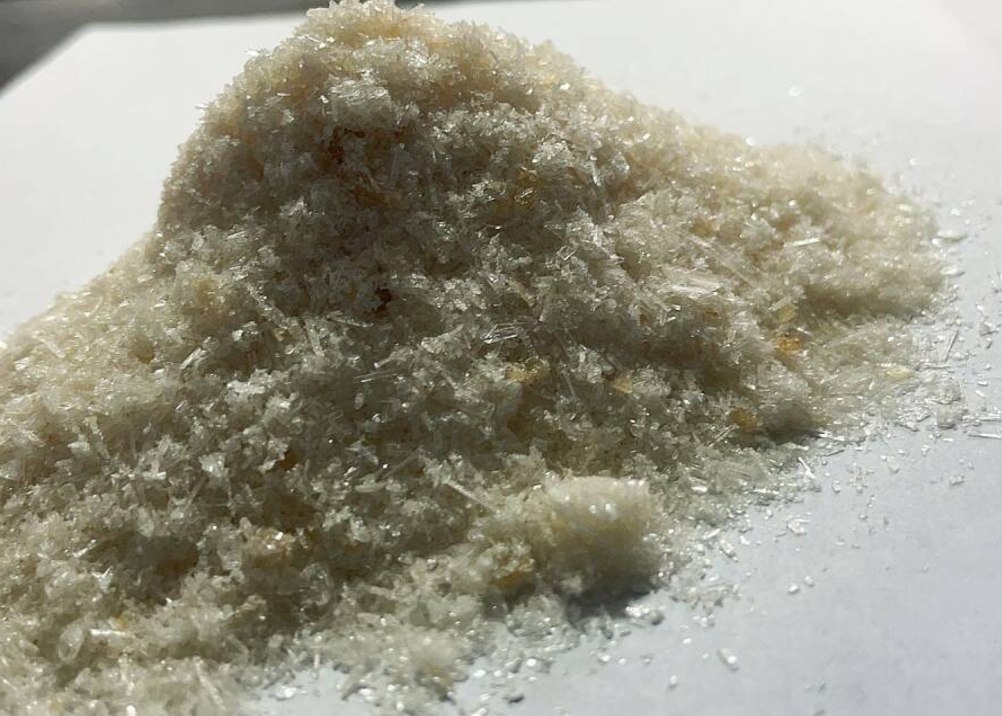2-Me-PiHP HCL CRYSTAL, also known as 2-Methyl-alpha-PiHP, is a synthetic stimulant belonging to the cathinone class. Its IUPAC name is 4-methyl-2-(pyrrolidin-1-yl)-1-(o-tolyl)pentan-1-one hydrochloride, with a chemical formula of C17H26ClNO and a molar mass of 295.85 g/mol. This compound is primarily marketed in crystalline form for laboratory research purposes and is not intended for human or animal consumption17.
Chemical Structure and Properties
2-Me-PiHP is structurally related to α-Pyrrolidinohexiophenone (α-PiHP), differing by the addition of a methyl group at the 2-position of the phenyl ring. This subtle structural modification significantly influences its receptor affinity, potency, and duration of action. As a highly lipophilic compound, 2-Me-PiHP efficiently crosses the blood-brain barrier, interacting with monoamine transporters such as dopamine and norepinephrine transporters (DAT and NET). This interaction results in potent reuptake inhibition, leading to increased synaptic levels of these neurotransmitters136.
Pharmacological Effects
2-Me-PiHP exhibits stimulant-like effects similar to other cathinones like α-PVP and α-PiHP. Research indicates that it enhances endurance, performance, and focus while elevating mood. It has been studied for its potential role in dopamine release and norepinephrine uptake inhibition mechanisms. However, its toxicological profile remains under investigation, with studies often conducted on rodents56.
Side Effects and Safety
Incorrect dosages of 2-Me-PiHP can lead to adverse effects such as elevated blood pressure, cardiovascular issues, hallucinations, or delusional states. Due to its psychoactive nature and high potential for abuse, handling this compound requires strict safety protocols in controlled environments56.
Legal Status
The legal status of 2-Me-PiHP varies by region but remains unclear in many jurisdictions. As a designer drug and research chemical, it is not approved for medical use57.
Applications
2-Me-PiHP is widely used in pharmacological studies exploring stimulant-induced effects on neurotransmitter systems. Its unique chemical profile makes it valuable for understanding the mechanisms underlying dopamine reuptake inhibition and its impact on the central nervous system13.




